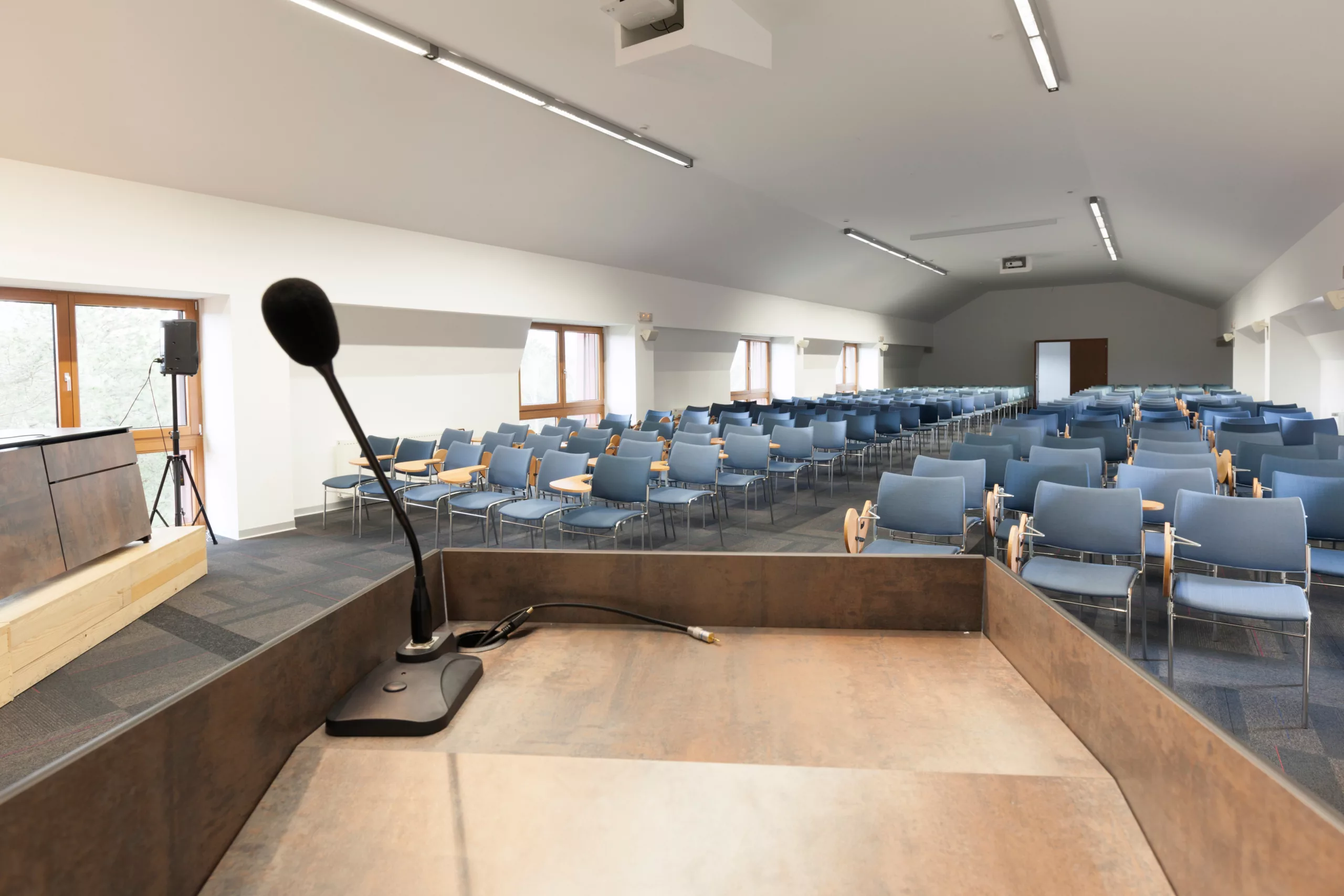Optimal Strategies for Placing Security CCTV to Enhance Surveillance Effectiveness
Optimal Strategies for Placing Security CCTV to Enhance Surveillance Effectiveness
Blog Article

Positioning security cameras effectively is essential to improving monitoring in different settings, such as homes, businesses, as well as public spaces. The main goal of surveillance cameras remains to deter criminal activity and offering proof during instances of incidents. To attain this, it is important to consider various elements, including surveillance camera location, range of vision, and the particular areas that need monitoring. By understanding these factors, individuals as well as organizations can develop a comprehensive monitoring strategy that optimizes the effectiveness of their security solutions.
One of the initial actions in positioning surveillance systems is to determine key areas that require monitoring. Vulnerable areas, including entrances, exits, parking areas, and locations with valuable assets, should be given priority. It also important to consider areas not visible, which may be areas that may not be seen from certain angles. By charting out these critical areas, security personnel can guarantee that all nook remains monitored, reducing the likelihood of illegal actions going unnoticed. Additionally, placing surveillance systems at key points can assist create a complete perspective of the premises, allowing for improved overall security coverage.
The viewing angle of a security system is another important element to consider. Different kinds of surveillance systems offer different fields of vision, which can influence how much area is recorded in the footage. For instance, wide-angle cameras can monitor larger areas, making them perfect for open locations, whereas PTZ cameras can be adjusted to focus on specific details. When placing surveillance systems, it is essential to select the appropriate type based on the area being observed. This guarantees that the system can capture sharp footage and provide important information in the event of an occurrence.
Elevation and angle of mounting also have a significant role in the efficacy of surveillance cameras. Cameras should be installed at a level that is out of reach of potential interference but also allows for clear visibility of faces and additional identifying details. A typical recommendation is install systems at least 8 to 10 ft off the floor. Additionally, the angle at which the system remains set can affect its capability to record crucial information. Surveillance systems should be angled to minimize learn about this here now reflection and prevent blockages, guaranteeing that they can capture clear footage at any moments.
In conclusion, regular maintenance and updates to the surveillance system is essential for long-term effectiveness. This entails checking system performance, wiping optics, and making sure that firmware remains current. Regular assessments of the monitoring plan can help identify any additional areas not visible or areas that might need additional coverage. By remaining vigilant and implementing necessary adjustments, individuals as well as entities can enhance their surveillance efficacy and guarantee that their security solutions remain to fulfill their intended function.